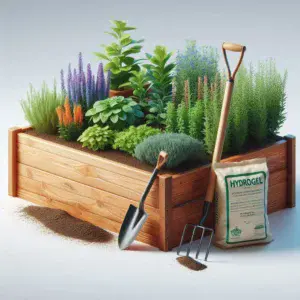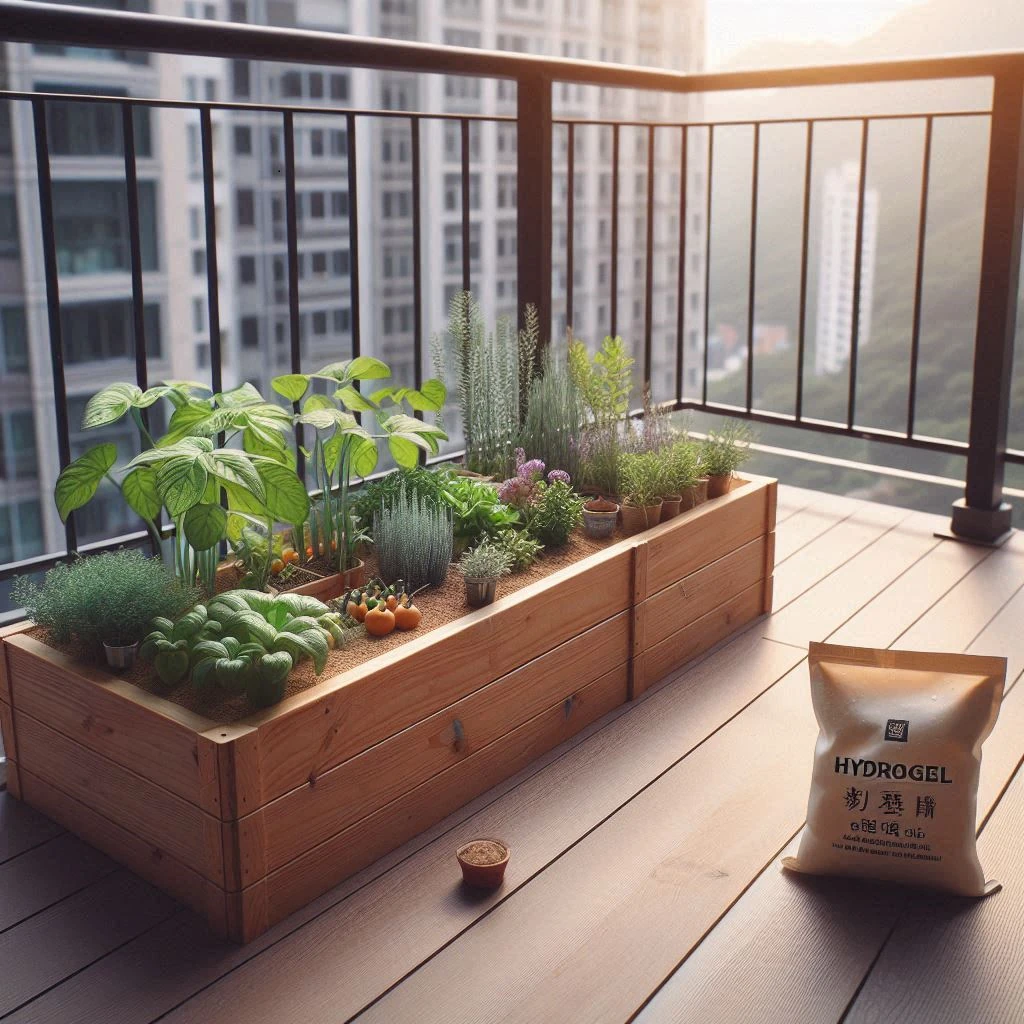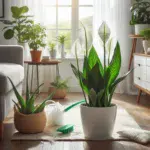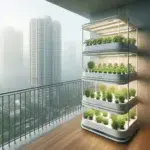
Many city gardeners have heard of hydrogels but haven’t explored their true potential. Hydrogels in urban gardening are more than a trend—they’re a game-changing solution for growing healthier plants in limited space.
Hydrogels are water-absorbing polymers that can retain hundreds of times their weight in moisture. Originally developed for medical use, they’ve become popular in agriculture thanks to their ability to boost soil hydration and plant resilience.
Urban gardeners face challenges like small spaces, irregular watering, and poor soil. That’s where hydrogels in urban gardening shine. By locking in moisture, they reduce how often you need to water—perfect for conserving water and keeping container gardens thriving.
Even better, hydrogels improve soil structure and help plants withstand heat and drought. Whether you’re growing herbs on a balcony or veggies in a rooftop bed, they make every drop count.
See how to make the most of your urban balcony garden.
All in all, hydrogels are a smart, science-backed way to boost plant health and conserve water in tight city spaces.
For container gardens, rooftop beds, and balcony planters, they offer a way to stretch every drop of water—and every inch of growing space.
If you’re looking to make your city garden more efficient, sustainable, and low-maintenance, hydrogels might be your new best friend.
🌱 Enhancing Plant Growth with Hydrogels: Mechanisms and Benefits
💦 How Hydrogels Support Moisture Balance
Hydrogels act like tiny water reservoirs embedded in the soil. Their ability to trap and slowly release moisture helps maintain consistent hydration around plant roots. This reduces the need for frequent watering and creates a more stable growing environment—especially valuable during droughts or in areas with water restrictions.
This might be the weirdest garden hack you’ll try all year—but it works. We’re making hydrogels… from diapers. Stick around and I’ll show you how this oddball trick can help your urban garden thrive. Diaper Farming: Using Hydrogel
🌿 Boosting Nutrient Efficiency
Hydrogels in urban gardening do more than just retain water. They also improve nutrient delivery. When combined with fertilizers, hydrogels help release nutrients gradually over time. This steady supply supports stronger root development and encourages lush, vibrant plant growth—without the stress of nutrient overload or waste.
🔬 Backed by Research and Real-World Results
Scientific studies consistently show that plants grown with hydrogel amendments demonstrate better growth and increased resistance to stress. In urban gardens and rooftop farms, these polymers have led to higher yields and improved plant health across a range of crops.
Urban growers report that plants not only thrive but also last longer and recover better from heat and dry spells. These real-world trials reinforce the value of hydrogels in urban gardening as both a growth booster and a safeguard against unpredictable weather.
🏙️ A Smart Tool for Expanding Urban Agriculture
As more people turn to small-space gardening, hydrogels are quickly becoming essential tools for maximizing productivity. They help urban gardens stay lush, efficient, and resilient—no matter the conditions.
🌍 Evaluating Environmental and Practical Concerns of Hydrogels
There’s ongoing debate about the environmental impact of hydrogels—an important issue for sustainability-minded urban gardeners. Most commercial hydrogels are synthetic, made from polymers that can take years to break down. This biochemical persistence raises valid concerns, especially in eco-conscious communities. Learn how to create a sustainable low-maintenance garden.
⚖️ Weighing the Benefits
Despite environmental questions, the benefits of hydrogels in urban gardening often outweigh the downsides—especially in areas facing water shortages. These polymers significantly reduce the need for frequent watering, which supports water conservation. For gardeners concerned about eco-friendliness, biodegradable hydrogel options are available and worth seeking out.
🚫 Potential Drawbacks
Hydrogels can have practical downsides if misused. In some cases, they may contribute to soil compaction, which restricts root growth. That’s why careful soil monitoring is key. After adding hydrogels, check soil texture regularly and adjust gardening practices like aeration or tilling to maintain a healthy growing environment.
🌱 Use Hydrogels Wisely
Like any gardening tool, hydrogels should be used with intention. Balancing their water-saving benefits against environmental impact is essential. When in doubt, consult with local experts or horticulturists who can offer region-specific advice. Fortunately, innovation is on the rise—new eco-friendly hydrogels are being developed that align with sustainable urban agriculture goals.
❓ Frequently Asked Questions About the Use of Hydrogels in Urban Gardening
Hydrogels are super-absorbent polymers that can hold large amounts of water. In gardening, they act like mini water reservoirs, slowly releasing moisture to plant roots over time—perfect for dry climates or container gardens.
Yes, most commercial hydrogels are safe for use with vegetables and herbs. For extra peace of mind, look for biodegradable or plant-safe hydrogel products, especially if you’re growing food crops.
Learn more about container gardening for herbs and veggies.
Not entirely. Hydrogels help reduce the frequency of watering but shouldn’t replace it altogether. They’re a water-conservation aid, not a complete substitute.
Some do. Synthetic hydrogels take years to degrade while biodegradable hydrogels break down more quickly and are better for eco-friendly gardening. Always check the product label for environmental info.
You can find them at most garden centers, home improvement stores, or online. Look for products labeled for gardening or soil moisture control, and consider eco-friendly options if sustainability is a concern.
Happy Gardening




